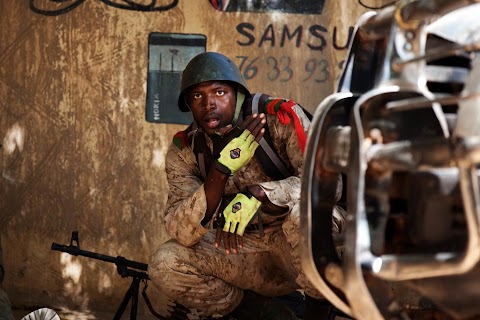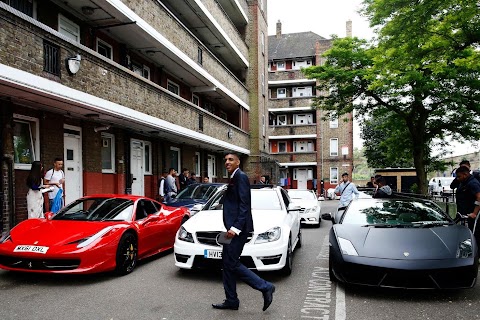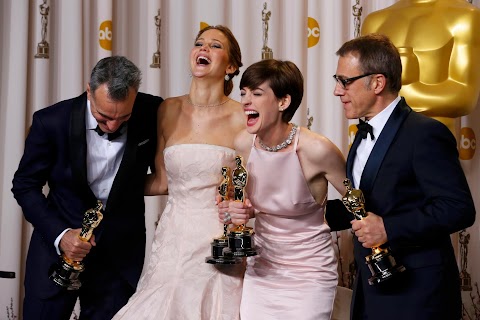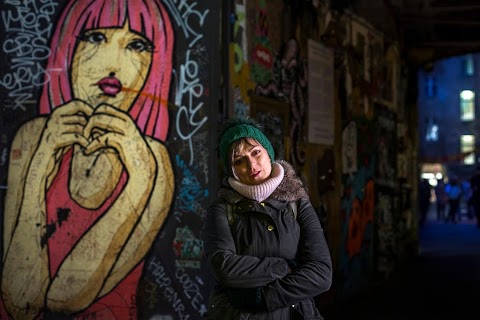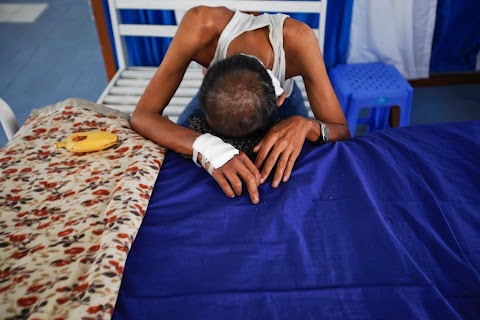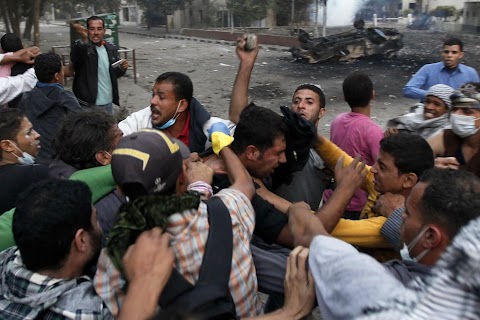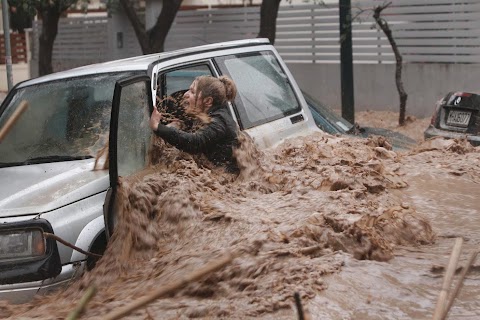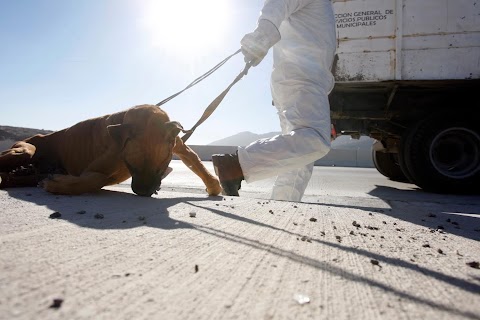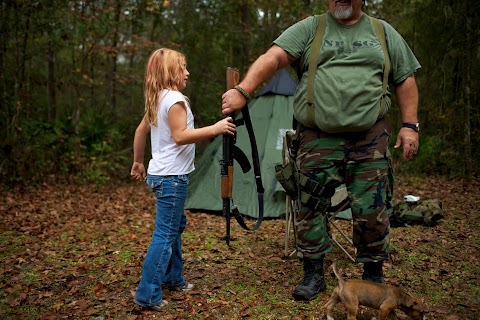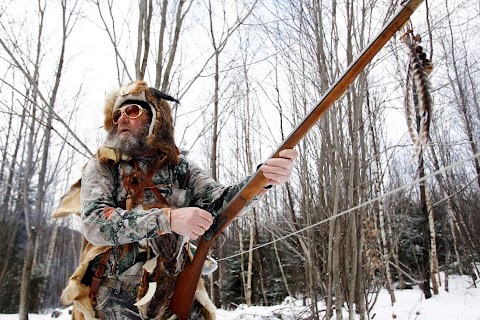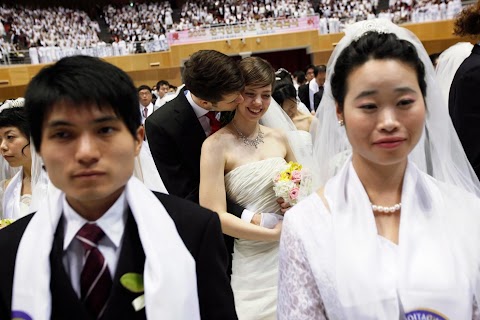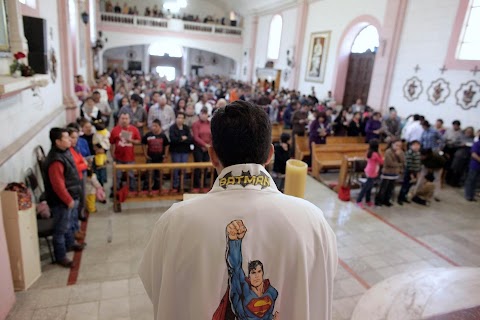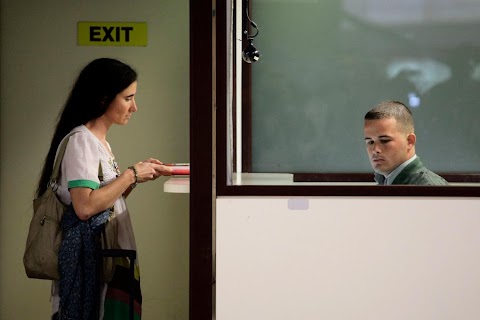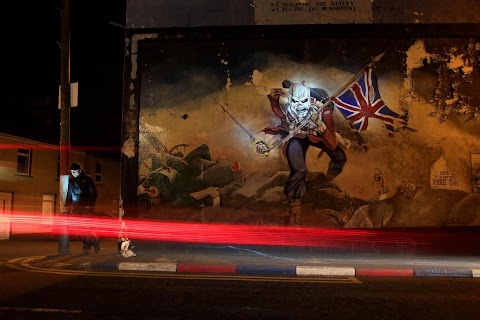
Changing murals of Northern Ireland
 Cathal McNaughton
Cathal McNaughton
Historically most of the hundreds of murals across Northern Ireland promoted either republican or loyalist political beliefs, often glorifying groups such as the Irish Republican Army or the Ulster Volunteer Force, or commemorating people who lost their lives in paramilitary or military attacks. Sectarian wall paintings can still be found across the country, but since the paramilitary ceasefires new murals have also sprung up celebrating sporting success and cultural achievements.

A mural in the Bogside area of Londonderry commemorates the beginning of the civil rights movement in the city, which coincided with the start of 'The Troubles'.
Slideshow

A mural in the Bogside area of Londonderry depicts Operation Motorman - a move by the British Army on 31 Jul. 1972 to retake "no-go areas" in Belfast, Derry and other large Northern Irish towns.

A mural on Shankill Road depicts tributes to Britain's Queen Elizabeth.

A mural in the Falls road area of West Belfast shows Irish boxer Michael Conlan winning a bronze medal in the flyweight division at the 2012 London Olympics.

A wall painting shows an apparition of the Virgin Mary to six Catholics in the town of Medjugorje in Bosnia and Herzegovina.

People walk past a Loyalist Paramilitary painting in the Shankill Road area of West Belfast.

Golfer Rory McIlroy is pictured on a wall in the Holylands district of Belfast.

Pigeons fly past a mural in West Belfast depicting a Gaelic myth about the claiming of Ulster.

A mural commemorates the beginning of the civil rights movement in Londonderry.

A wall painting shows a petrol bomber during the Battle of the Bogside, which took place in 1969 between residents of the area and the Royal Ulster Constabulary.
"Young children happily play on streets in front of a backdrop of politically charged street art."
A five-metre-high mural of a gunman dressed in army fatigues and a balaclava clutching an AK-47 is painted on the gable end of the wall of a house in a residential street. People walk by and don’t even notice it.
In other parts of the UK and Ireland there would probably be outrage, but not in Northern Ireland, where young children happily play on streets in front of a backdrop of politically charged street art commemorating the violence and bloodshed of the Troubles.
These murals have become street wallpaper for the people living in this small corner of Europe, who barely bat an eyelid at the gory depiction of a skeleton crawling over dead bodies that adorns the end wall of a house on their street.
Most of the hundreds of murals across Northern Ireland, which are not only found in major cities like Belfast and Londonderry but in small towns and villages too, promote either republican or loyalist political beliefs. They often glorify paramilitary groups such as the IRA or the Ulster Volunteer Force with a roll call of the dead written large “lest we forget”.
However since the paramilitary ceasefires of the 1990s, the distinctive Northern Irish artwork has seen a shift. New murals have sprung up depicting local heroes like golfer Rory McIlroy, who represent the changing face of Northern Ireland’s political landscape.
I have photographed murals on many occasions to illustrate the never-ending twists and turns of the North’s troubled history – often in changing times when people have something to say, they paint it on their gable wall.
So I tried looking at them through the eyes of a stranger. To do this, I visited the murals at times of day I wouldn't usually see them, such as sunrise and late at night. I also employed shooting techniques I wouldn't normally use such as working with tripods and clamps with remote triggers.
As is the case with many of the features I shoot in Northern Ireland, allowing me to look at my country’s past through my viewfinder, these paintings and graffiti show me how far we have travelled.
Now the 30-foot-high paintings are as likely to be of Rory McIlroy or our Nobel Peace Prize winners as of the Protestant symbol of the traditional white horse of King Billy celebrating victory in battle in 1690.
It would be nice to think that one day there will be no need to paint any more murals to commemorate new victims of Northern Ireland’s Troubles. But with the Marching Season fast approaching and a New Year that saw the most sustained period of rioting for years, I think there may well be a few more turns in the journey and fresh paint on the wall.
